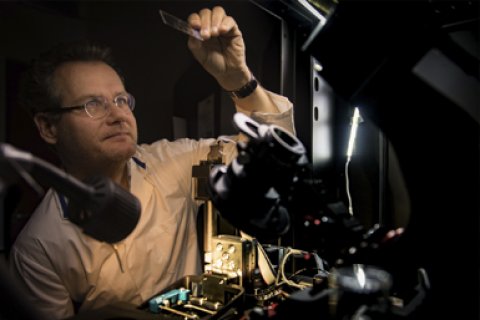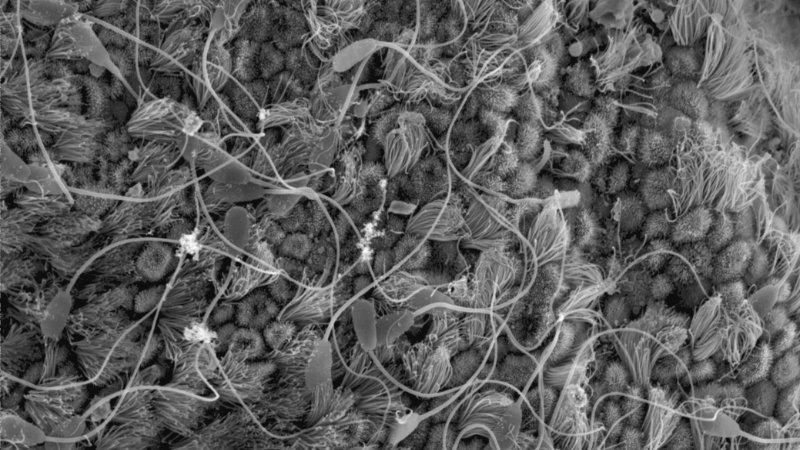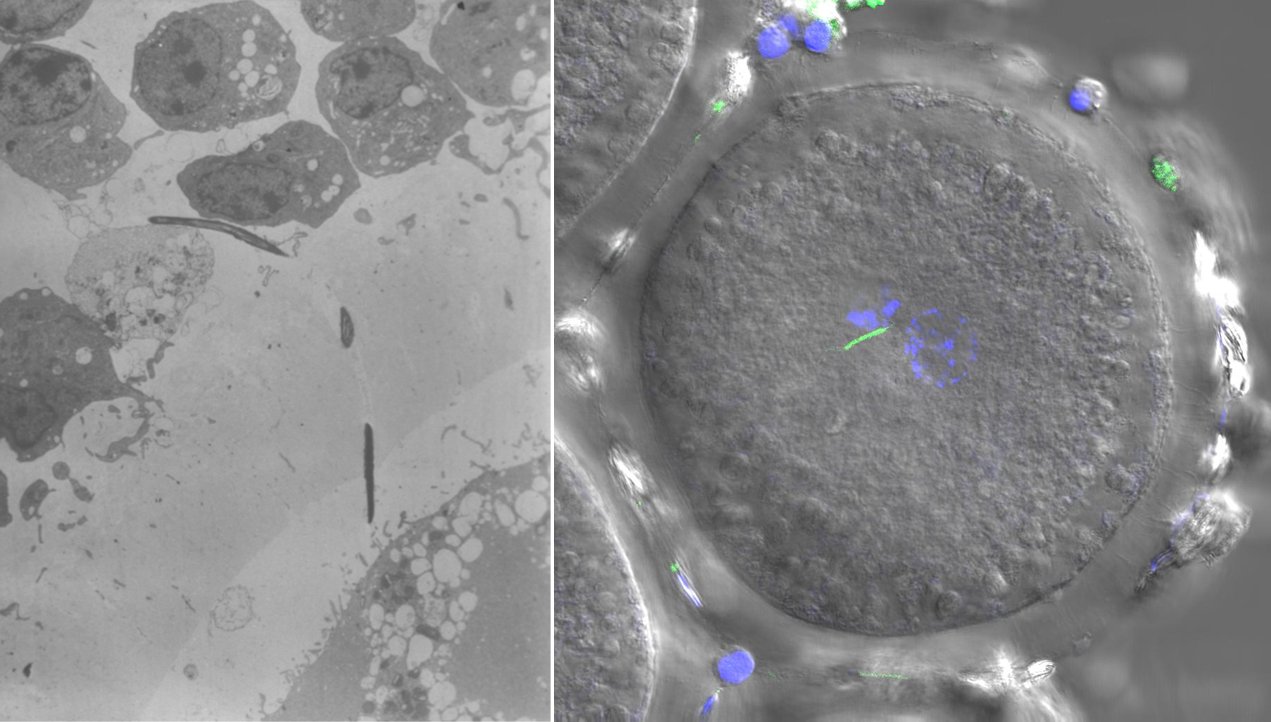Fertilisation
Unravel the pathways that initiate a new life

Gamete activation, fertilisation and interactions with the oviduct
Assisted reproduction for treatment of subfertility/infertility partly aims at mimicking physiological conditions in the laboratory (in vitro) that lead to fertilisation and support embryo development. While routine procedures are established in some farm animal species and men, classical in vitro fertilisation is not available, yet, for horses for example. Understanding the activation and final maturation events that prepare sperm and egg for their unique cell fusion, is the key to establish, improve and optimise assisted reproduction techniques. The crucial role of the oviduct, the natural place for fertilisation and early embryo development, in supporting and orchestrating these events is becoming more and more evident. Our aim is to understand the species-specific molecular events that prepare egg and sperm cells for fertilisation and elucidate with oviduct-on-a-chip models the contribution of this organ to successful fertilisation and early embryo development.

Prior to fertilisation
Spermatozoa are extremely specialised cells with unique morphological and functional features. One research focus of our group is to unravel the spatial-temporal re-organisation of lipids and proteins in the plasma and acrosome membrane prior to fertilisation. The re-organisation leads to the acrosome reaction, a unique multiple-fusion event that exposes enzymes from the acrosomal matrix which aid the sperm to penetrate the zona pellucida of the oocyte. Our work with several farm animal species, for instance cattle, sheep, pigs and horses, and comparisons with human sperm help us to understand the similarities and differences in these specialised events.

The main events prior to and shortly after fertilisation are taking place in the oviduct. The interaction of the gametes/embryos with the epithelial lining of this organ and the influence of the oviduct secretions are still largely unknown territory. To this end we develop together with collaboration partners organ-on-a-chip models to unravel the interaction of the spermatozoa, oocyte and early embryo with the mother’s genital tract. Current research focusses on the influence of the oviduct microenvironment on the epigenetic reprogramming of the embryo, and how maternal metabolic disorders affect embryo health and development. Studies are carried out in a well-established network with local, national and international collaboration partners. The expertise centres are the Lipidomics Centre, the Centre for Cell Imaging, and the Flow Cytometry and Cell Sorting.


